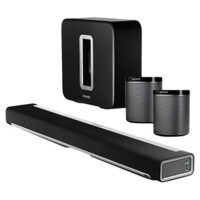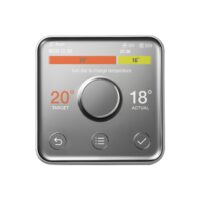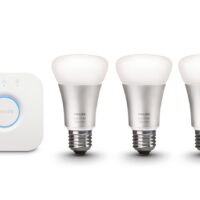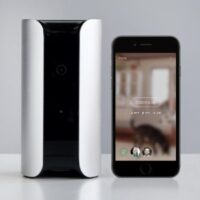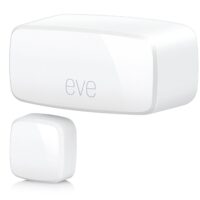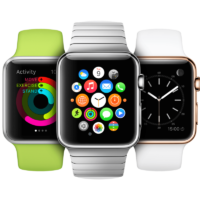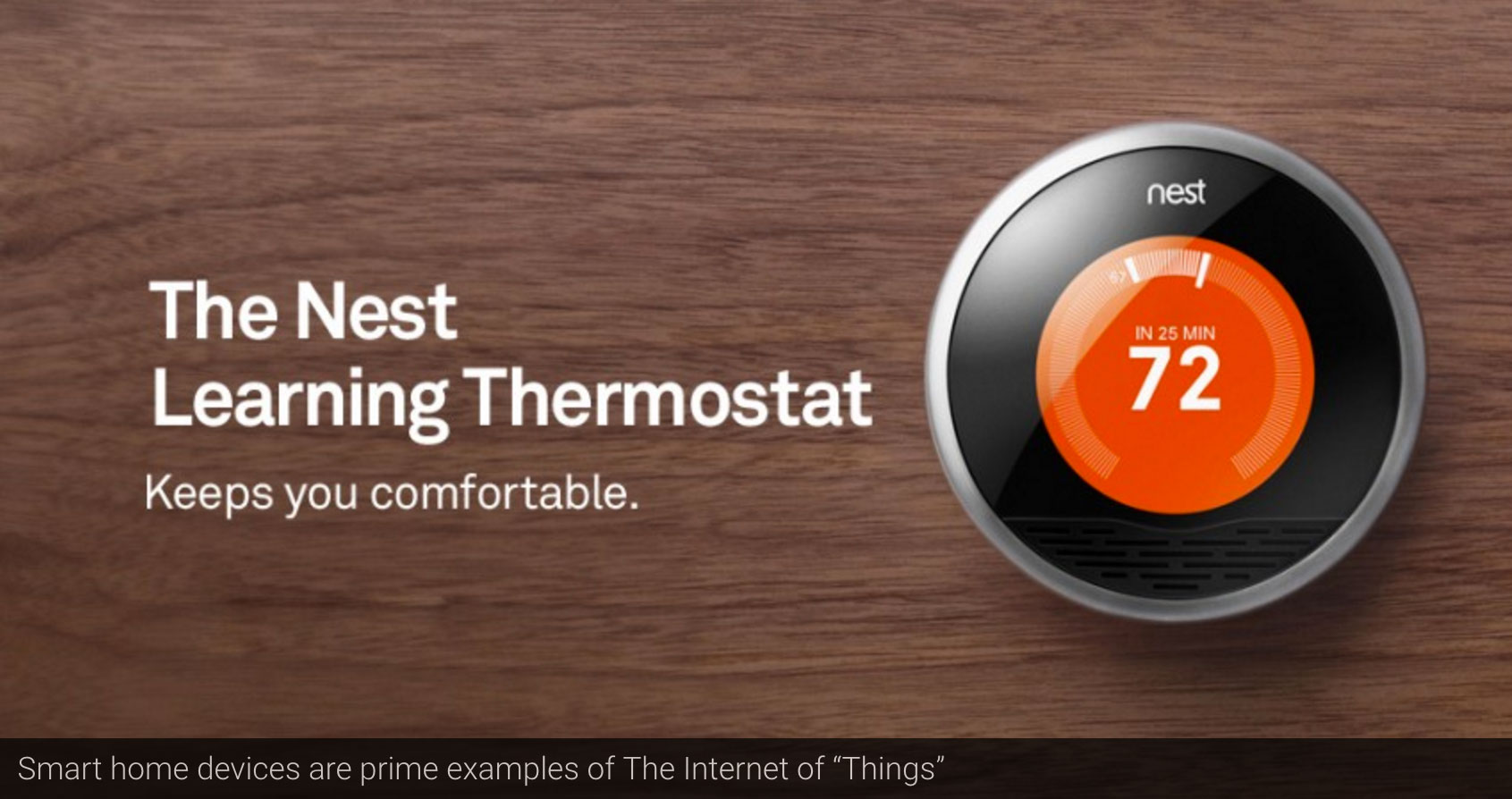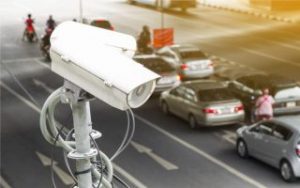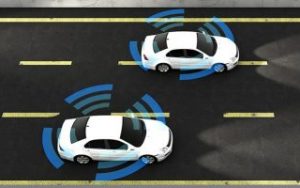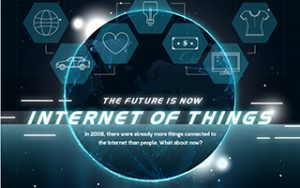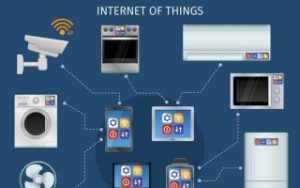What Is IoT?
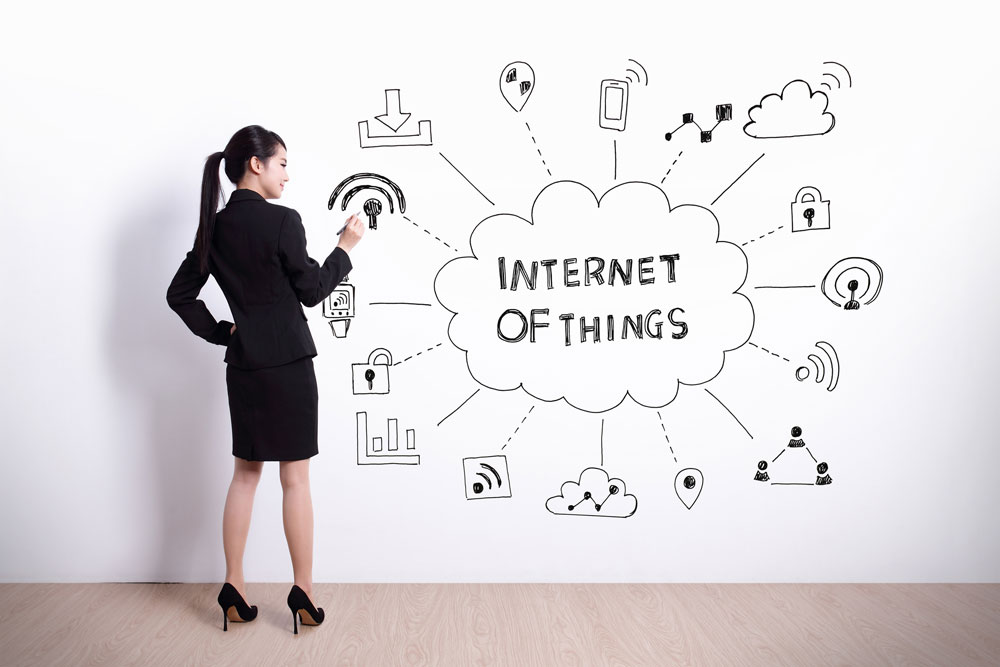
The Internet of Things has arrived – from smart fridges, to internet connected light bulbs and web-enabled cars, it’s a term that is becoming more widely known, and is a revolution in technology that will impact us all. The Internet of Things (or IoT) is simply a phrase to describe any ‘thing’ that can be connected or controlled via the Internet. These ‘things’ range from objects in your daily life like a kettle, or central heating thermostat, to connected cars, and lighting systems for ‘smart cities’. Companies of all kinds – not just technology firms – are now racing to find the next big ‘thing’, and to connect anything and everything to the Internet.
The Internet of Things (IoT) is the network of physical objects—devices, vehicles, buildings and other items—embedded with electronics, software, sensors, and network connectivity that enables these objects to collect and exchange data. – (Wikipedia)
Scroll down for more information about the history of IoT and the challenges it faces, or browse the rest of the site here at About the Internet of Things to keep up with the latest news, features and products from the world of the Internet of Things, and become part of the revolution yourself.
50 Billion Things – Why Now? – Internet of Challenges – What Next?
Internet of Things smart tech…
50 Billion Connected “Things” by 2020
The Internet of Things is seen as the next global, or fourth industrial revolution – it will change the way all businesses, governments, and consumers interact with the physical world. Its particular application in industry is known as the “Industrial Internet” (IIoT), but also referred to as the “Internet of Everything” or “Industry 4.0”. There are many predictions and forecasts of how this revolution will play out, here are just a few;
- Cisco has projected that the number of devices connected to the Internet will increase to 50 billion by 2020, up from around 8.7 billion in 2012.
- Morgan Stanley estimates the number could go up to 75 billion (that’s 9.4 devices for every one of the 8 billion people that’s expected to be around at that time).
- Some analysts put that number even higher at 200 billion devices.
- Gartner forecasts that there could be more than 500 connected devices in the home by 2022.
- And by 2020, 90% of cars will be online, compared with just 2% in 2012, according to Spanish telecom provider Telefonica.
- GE predicts that the “Industrial Internet”, which refers to connected industrial machinery, has the potential to add $10 to $15 trillion (around £7 to £10 trillion) to global GDP in the next 20 years (by comparison, the GDP of China is just over $10 trillion, while the U.S. has a GDP of $17 trillion).
Whether these predictions prove true or not, the Internet of Things is big and is here to stay. It has become a powerful force for business transformation as consumers, businesses, city authorities, hospitals and many other entities find new ways in which to exploit the technology.
Why Now for IoT?
The Internet of Things term was coined back in 1999 by British entrepreneur Kevin Ashton in a presentation he gave linking RFID technology to the Internet. According to Cisco Internet Business Solutions Group (IBSG) however, the Internet of Things was actually born between 2008 and 2009 at the point in time when more “things or objects” were connected to the Internet than people. Some might argue its origins go back much further; ATMs are considered some of the first IoT objects, going online as far back as 1974… and the first Internet-connected toaster was unveiled at a conference in 1989!
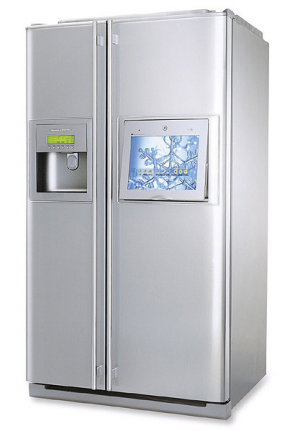
The “smart home” or “connected home” is just one area of IoT that has been talked about for many years – in fact LG announced plans for its first internet connected fridge back in 2000. So why has it taken so long to take off in the way it has now? There are a number of reasons; we didn’t have powerful smartphones, fast home broadband and reliable wi-fi, or a wide-enough selection of devices equipped with network chips back then. A key to the IoT boom has been the continuing fall in the cost of the technology involved and it’s this ever-falling cost of processing power that’s putting computer chips into almost any gadget you can think of.
Smart meters and thermostats, given an added push by governments, will also be one of the key drivers of growth. By 2020 the majority of us will have a smart energy meter and smart thermostats, and other devices will be connected to it, such as your fridge, so it becomes more efficient in its energy consumption. As we as consumers start to use this technology we’ll also start to wonder what else can we do with it.
For more history and a fascinating timeline of how events in the past have shaped the IoT (going back as far as 1832!), we’d recommend the “Brief History of The Internet of Things” over on the Postscapes site.
The Internet of Challenges
The biggest threats to the Internet of Things lay in the defining of technical standards and its security.
IoT Standards
Despite all the predictions, a lack of interoperability might cause the IoT boom to take longer to happen than some analysts and tech companies are forecasting. Rather than go for an open platform approach, the tech giants Apple and Google for example, have created their own systems. This means getting your smart home automation devices from different manufacturers to work with each other is going to be problematic, or worse, impossible.
Other tech companies however have been banding together to agree common standards to allow all of our gadgets to talk to each other in a language they can all understand. This is a good move, unfortunately though, these companies have been banding together in separate groups. In 2013, the Linux Foundation formed the AllSeen Alliance along with Qualcomm, LG Electronics, Panasonic, Sharp and others. The following year, Google’s Nest, Samsung and others formed the Thread Group, while a group comprising Intel, Samsung, and Dell formed the Open Interconnect Consortium (now the Open Connectivity Foundation (OCF)) in 2014.
Anything that confuses us, the consumer, could be a barrier – however, right now, the pace of IoT development is such that there’s as much pressure to get products to market, as there is to develop consistent standards.
IoT Security
If one thing can prevent the Internet of things from transforming the way we live and work, it will be a breakdown in security – (oxforddictionaries.com)
The problem with connecting anything and everything to the Internet, is that once you do that, you’re potentially giving hackers hundreds of millions of trapdoors, into our lives, and into industry. There have been the nightmare stories of hackers gaining control of internet-enabled cars, remotely manipulating medical devices, hacking a country’s power grid, and seizing control of web cams for remote spying. These are all scary stories and is why the emerging standards groups and alliances are so critical to the safe and successful future of the IoT. In particular, the Internet of Things Security Foundation (IoTSF), founded in 2015 by a conglomeration of leading tech firms, including BT and Vodafone, is a non-profit body that will be responsible for vetting Internet-connected devices for vulnerabilities and flaws and will offer security assistance to tech providers, system adopters and end users. IoTSF hopes to raise awareness through cross-company collaboration and encourage manufacturers to consider security of connected devices at the hardware level. Leading software security company Symantec, is one of the first to deliver a comprehensive security reference architecture for how to build-in security to IoT devices – it’s already in over a billion devices including ATMs, point-of-sale terminals, TV’s, cars, and even the communication systems used by airports to communicate with planes. It’s reassuring to know that the biggest security software company in the world is behind the scenes providing security to the IoT as it develops.
The Federal Bureau of Investigation (FBI) consider the IoT to be an area that warrants caution. In September 2015 they issued a public service announcement on the potential opportunities for cyber crime that the IoT poses. They cite a lack of consumer security awareness as one of the risks, but go on to offer a very good list of recommendations for staying safe. As a consumer it’s wise to be aware of the issues; do your research and purchase IoT devices from brands that you trust, with a track record of providing secure devices – should a vulnerability be found, the major players will always act quickly to provide a fix. There are also steps to take yourself, as you would to protect your PC or laptop, that will help secure your own environment, like changing the default passwords on devices and always using strong passwords. The bottom line is to always use current best practices when connecting any device to your network.
What next?
It’s clear that we’re at the dawn of a new age – a world where virtually every product is in some way connected to the Internet. It will be interesting to see however, how the IoT pans out over the next few years – will the growth predictions prove true, or will the confusion around standards or issues regarding security, impede on progress? Only time will tell. But stay tuned here at About the Internet of Things and we’ll follow that journey together.
We’ll leave you with some inspirational words on the IoT from the man himself, the inventor of the World Wide Web, Sir Tim Berners-Lee and his keynote from the IoT World Forum…
